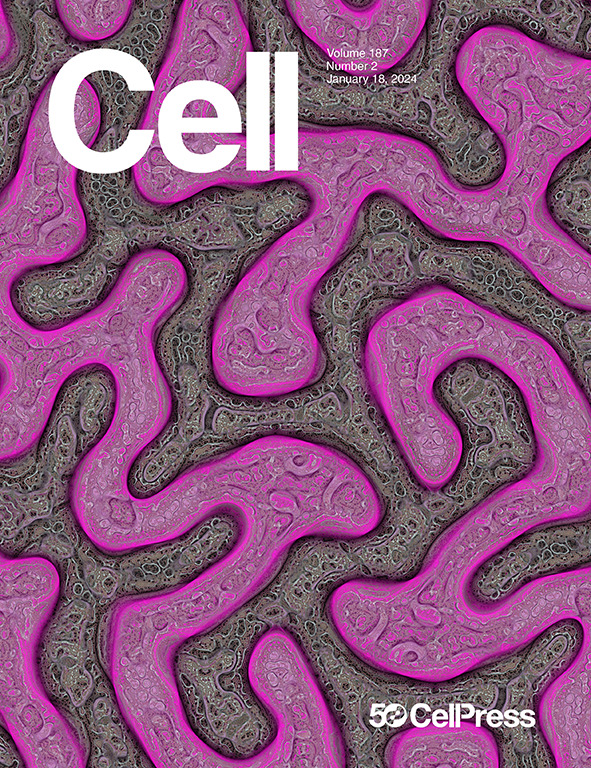Tracing the evolutionary history of the CCR5delta32 deletion via ancient and modern genomes
IF 45.5
1区 生物学
Q1 BIOCHEMISTRY & MOLECULAR BIOLOGY
引用次数: 0
Abstract
The chemokine receptor variant CCR5delta32 is linked to HIV-1 resistance and other conditions. Its evolutionary history and allele frequency (10%–16%) in European populations have been extensively debated. We provide a detailed perspective of the evolutionary history of the deletion through time and space. We discovered that the CCR5delta32 allele arose on a pre-existing haplotype consisting of 84 variants. Using this information, we developed a haplotype-aware probabilistic model to screen 934 low-coverage ancient genomes and traced the origin of the CCR5delta32 deletion to at least 6,700 years before the present (BP) in the Western Eurasian Steppe region. Furthermore, we present strong evidence for positive selection acting upon the CCR5delta32 haplotype between 8,000 and 2,000 years BP in Western Eurasia and show that the presence of the haplotype in Latin America can be explained by post-Columbian genetic exchanges. Finally, we point to complex CCR5delta32 genotype-haplotype-phenotype relationships, which demand consideration when targeting the CCR5 receptor for therapeutic strategies.

通过古今基因组追踪CCR5delta32缺失的进化史
趋化因子受体变异CCR5delta32与HIV-1耐药性和其他疾病有关。它的进化历史和等位基因频率(10%-16%)在欧洲人群中有广泛的争论。我们提供了一个详细的视角,通过时间和空间的删除的进化史。我们发现CCR5delta32等位基因出现在一个由84个变体组成的预先存在的单倍型上。利用这些信息,我们建立了一个单倍型感知概率模型,筛选了934个低覆盖率的古代基因组,并追溯了CCR5delta32缺失的起源,至少比现在(BP)早6700年。此外,我们提供了强有力的证据,证明在距今8000年至2000年间,CCR5delta32单倍型在欧亚大陆西部发生了正选择,并表明该单倍型在拉丁美洲的存在可以用哥伦布发现新大陆后的遗传交换来解释。最后,我们指出了复杂的CCR5delta32基因型-单倍型-表型关系,在针对CCR5受体制定治疗策略时需要考虑这些关系。
本文章由计算机程序翻译,如有差异,请以英文原文为准。
求助全文
约1分钟内获得全文
求助全文
来源期刊

Cell
生物-生化与分子生物学
CiteScore
110.00
自引率
0.80%
发文量
396
审稿时长
2 months
期刊介绍:
Cells is an international, peer-reviewed, open access journal that focuses on cell biology, molecular biology, and biophysics. It is affiliated with several societies, including the Spanish Society for Biochemistry and Molecular Biology (SEBBM), Nordic Autophagy Society (NAS), Spanish Society of Hematology and Hemotherapy (SEHH), and Society for Regenerative Medicine (Russian Federation) (RPO).
The journal publishes research findings of significant importance in various areas of experimental biology, such as cell biology, molecular biology, neuroscience, immunology, virology, microbiology, cancer, human genetics, systems biology, signaling, and disease mechanisms and therapeutics. The primary criterion for considering papers is whether the results contribute to significant conceptual advances or raise thought-provoking questions and hypotheses related to interesting and important biological inquiries.
In addition to primary research articles presented in four formats, Cells also features review and opinion articles in its "leading edge" section, discussing recent research advancements and topics of interest to its wide readership.
 求助内容:
求助内容: 应助结果提醒方式:
应助结果提醒方式:


